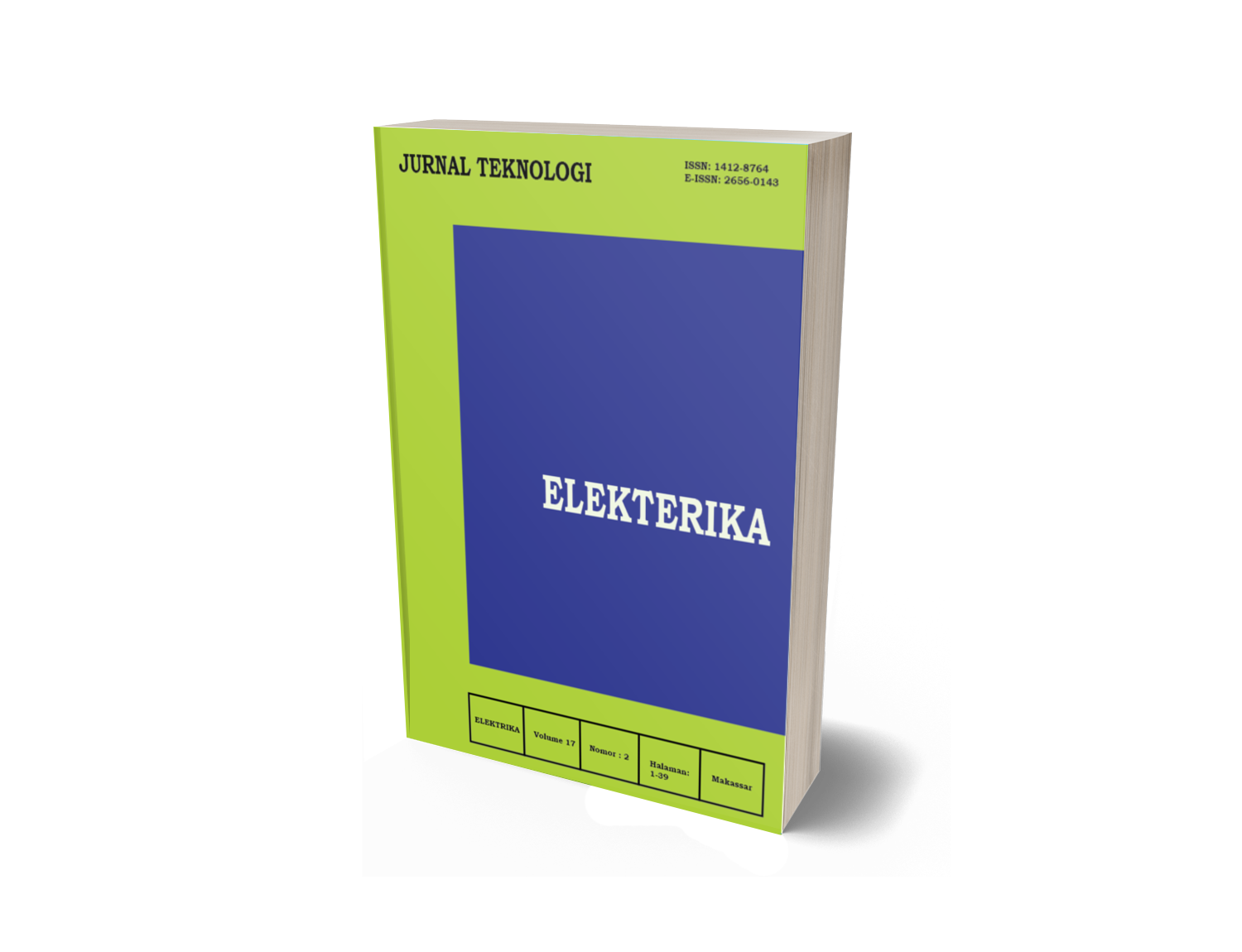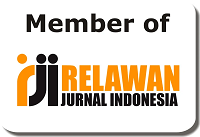Design an Automatic Condenser in Swallow Bird House
DOI:
https://doi.org/10.31963/elekterika.v21i1.4792Keywords:
Internet of Things, Wemos D1 Mini Board, Sensor DHT22, Sensor DS18B20, RelayAbstract
This design is a system development carried out by swallow breeders in stabilizing the temperature and humidity of swallow houses. This design uses the principles of the Internet of Things (IoT), which will monitor temperature and humidity through internet media. This design aims to make a temperature and humidity control system in the swallow house automatically and find out the level of accuracy of temperature and humidity readings in the design made. This design uses a Wemos D1 Mini Board microcontroller that controls components such as DHT22 sensors, DS18B20 sensors and relays. The result of this design can control the condenser automatically, when the temperature and humidity are above the standard temperature, it will turn on the condenser automatically.References
B. SEPTIANI, "Automatic Temperature and Humidity Control System in Swallow House," Sist. Automatic temperature and humidity control in swallow houses, 2017.
H. H. Abrianto, K. Sari, and I. Irmayani, "Remote Navigation Room Temperature Data Monitoring and Control System Using WEMOS D1 Mini," J. Nas. Computing and Technology. Inf., Vol. 4, No. 1, Hal. 38–49, 2021, Yogurt: 10.32672/JNKTI.V4I1.2687.
R. Hamdani, I. H. Puspita, and B. D. R. W. Wildan, "Manufacture of Motor Vehicle Security System Based on Radio Frequency Identification (Rfid)," Indept, vol. 8, no. 2, hal. 56–63, 2019.
A. Akbar, "Water Temperature Controller Using Arduino Uno-Based Ds18B20 Sensor," Water temperature controller using sens. Ds18B20 Basin. Arduino Unothing. 4–16, 2017.
Y. A. K. Utama, "Quality Comparison Between Temperature Sensors by Using ... - Google Scholar," e-Jurnal Nar., Vol. 2, No. 2, p. 145–150, 2016, [Online]. Available on: https://scholar.google.co.id/scholar?hl=en&as_sdt=0%2C5&as_vis=1&q=Perbandingan+Kualitas+Antar+Sensor+Suhu+dengan+Menggunakan+Arduino+Pro+Mini&btnG=.
I. K. Somawirata, "USING ANDROID AS," 2019.










